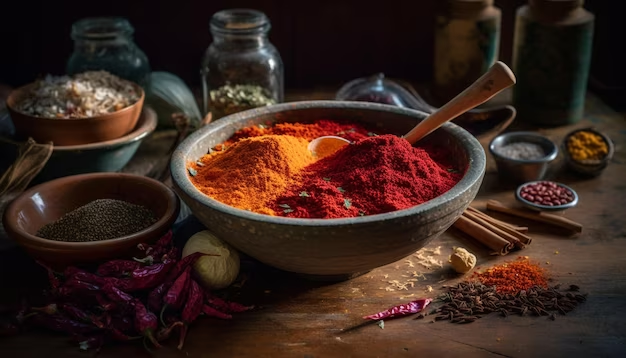In the realm of culinary exploration, a fascinating link emerges: warmer climates often favour spicier foods. Recent research challenges the idea that spice usage is solely a defence mechanism against infections in hot regions. Instead, it suggests a nuanced relationship between spice, health, and poverty.
Examining 33,750 recipes across 70 countries and 93 spices, the study finds that temperature alone doesn't fully explain spice variations. Spices may play a role in preserving food in tropical climates or offer a perceived cooling effect.
Notably, countries with scorching climates boast some of the world's spiciest cuisines, like Indonesia, Thailand, and various Indian states. Ethiopia, despite a slightly lower temperature, stands out for its intense spice usage.
While a correlation exists between temperature and spice usage, the spice journey is complex. East Asian cuisines maintain consistent spice levels, and Europe showcases diverse preferences. Portugal emerges as the spiciest European country, rivalling the spice intensity found in the United States.
Even within the U.S., regional spice distinctions exist, reflecting a captivating dance of flavours influenced by climate, culture, and culinary choices.








0 Comments